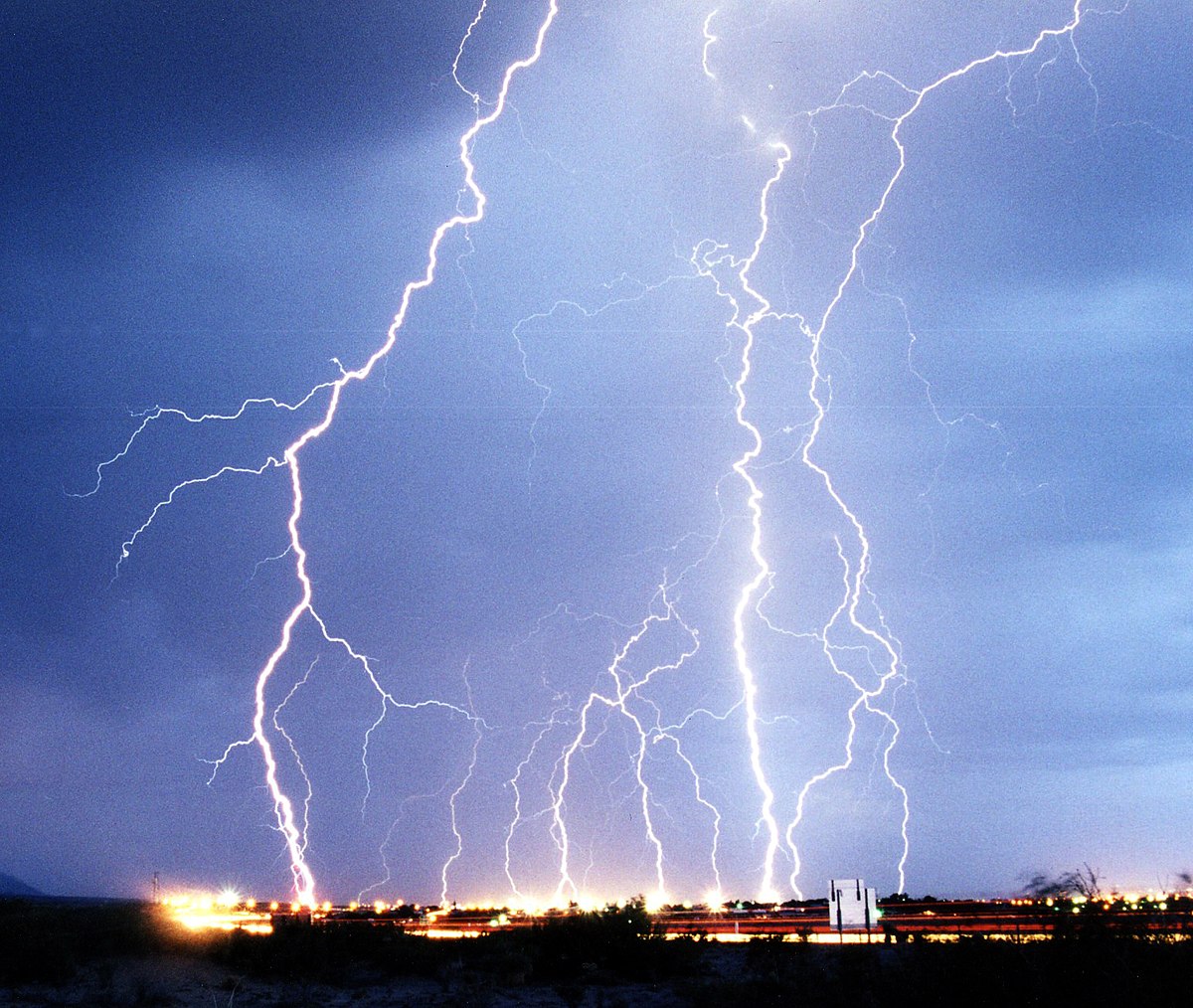It is how taste receptors in your tongue interpret the chemicals in the foods, or artificial flavours. Citric acid in lemon is sharp, capsaicin in chilli is hot, sucrose in sugar is sweet, and so on. It is possible to reproduce these chemicals in a laboratoryis it the texture of the foods or something else that causes them to tast a certain way?
You are using an out of date browser. It may not display this or other websites correctly.
You should upgrade or use an alternative browser.
You should upgrade or use an alternative browser.
laws of nature...
- Thread starter abuyusufalshafii
- Start date
abuyusufalshafii
Well-Known Member
- Messages
- 104
- Reaction score
- 62
- Points
- 28
thanks you for your answer
Nicholas Weeks
Bodhicitta
It appears that Plasma, the 4th state of matter, is a better name for "all electromagnetic energy". The universe of space, planets, stars etc. is electro-magnetic, as space scientists know.Yes. And all electromagnetic energy is called 'light' although our eyes only register as visible light a small part of the full spectrum
Plasma is the state of atomic nucleii stripped of electrons. It is not electromagnetic energy -- which consists of photons that have no mass -- but a state of matter.It appears that Plasma, the 4th state of matter, is a better name for "all electromagnetic energy". The universe of space, planets, stars etc. is electro-magnetic, as space scientists know.
It is not a wavelength of light, as far as I know?
"Plasma (from Ancient Greek πλάσμα (plásma) 'moldable substance') is one of four fundamental states of matter (the other three being solid, liquid, and gas) characterized by the presence of a significant portion of charged particles in any combination of ions or electrons. It is the most abundant form of ordinary matter in the universe, mostly in stars (including the Sun), but also dominating the rarefied intracluster medium and intergalactic medium. Plasma can be artificially generated, for example, by heating a neutral gas or subjecting it to a strong electromagnetic field.
The presence of charged particles makes plasma electrically conductive, with the dynamics of individual particles and macroscopic plasma motion governed by collective electromagnetic fields and very sensitive to externally applied fields. The response of plasma to electromagnetic fields is used in many modern devices and technologies, such as plasma televisions or plasma etching.
Depending on temperature and density, a certain number of neutral particles may also be present, in which case plasma is called partially ionized. Neon signs and lightning are examples of partially ionized plasmas. Unlike the phase transitions between the other three states of matter, the transition to plasma is not well defined and is a matter of interpretation and context. Whether a given degree of ionization suffices to call a substance "plasma" depends on the specific phenomenon being considered ..."

Plasma (physics) - Wikipedia
"It is a state of matter in which an ionized substance becomes highly electrically conductive to the point that long-range electric and magnetic fields dominate its behaviour."
Last edited:
